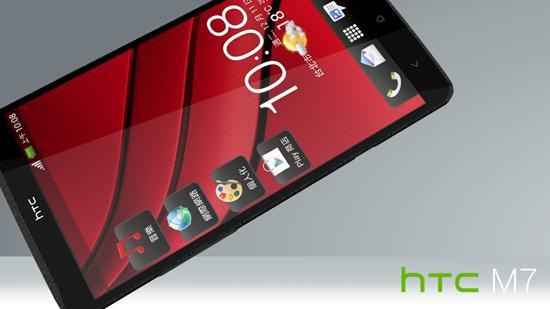
I’m going to be as upfront about this statement as I possibly can be: I hate carrier exclusives. It’s inconvenient and sparks a lot of jealousy amongst those of us locked into contracts with carriers. I can’t even begin to count how many times I’ve considered jumping ship to another carrier simply because they had a device that I wanted and would probably never have (i.e. the Nokia Lumia 920 because I figured Sprint would never jump on board with Windows Phone 8 after only having one phone running WP7, which saw little success – fortunately I was wrong in my assumption). That being said, there is a certain necessity to exclusives in order to help with competition from a business standpoint, and I understand that. However, as we can see, sometimes making an exception to the “carrier exclusive” rule can work out for the better if you time it just right.
HTC’s been having a lot of trouble lately, that’s for sure. The company was once considered one of the top smartphone makers running on Android. It’s hard for me to say “was once” because that makes it sound like it was a long time ago, but it wasn’t even two years ago where that statement rang true. Now they sit rather dormant amongst other recognizable names in the smartphone industry like Sony, BlackBerry, and Nokia, but not quite “up there” with Samsung or Apple. With so many companies finding themselves in the same predicament, what’s a company to do to get ahead? Well, we can look to Samsung for the answer to that.
The Samsung we know today hasn’t always been so popular. There was a time (also not so long ago) where Samsung was pretty mid-range themselves. Not that their devices were shabby, but their Galaxy line hadn’t quite picked up as much popularity yet. It seems like this past year alone it went from being “A Samsung device?” to “A Samsung device!” I mean, the Galaxy S II was pretty cool and all, and so was the Galaxy Note, but it was the Galaxy S III and the Galaxy Note II that gave people that “Gotta Have It” mentality – all because they ditched carrier exclusives, kept one solid name, and made the entire release smooth and consistent.
Just think about it: The Galaxy S II had a different name and a slightly different design for each carrier. Even though it was the same basic concept each time and had the same brand name, they still added that extra unnecessary name for the Sprint variant like “Epic 4G Touch” for Sprint and didn’t even bother releasing a version for Verizon. But the Galaxy S III comes out for every major U.S. carrier and sales soared because the news about it was easy to follow. No extra names, no different designs, nothing. To see that method work for two different devices just goes to show that ditching the carrier exclusives can be a huge step in the right direction.
HTC has sent out invites to their press event set to occur on Feb. 19th, and presumably they will be announcing the HTC “M7”, also rumored to be called the “HTC One”, and while this is sure to give them a bit of attention before Mobile World Congress I think they’d get even more hype if consumers knew that they won’t have to switch carriers to be able to consider the device as a potential option for a future upgrade. I mean, I know if they announced the device to be released on every carrier except for Sprint I’d probably just as well stick with Sprint and opt for something else; it’s just easier that way. I really hope that HTC sees the success that Samsung has been having by providing open availability and decides to incorporate it into their business model.
What about you, readers? Do you think it’s easier for the customer to find the phone or the phone to find the customer? Would providing the “M7” on all major carriers help HTC or does HTC need a completely different strategy to succeed? Let me know what you think in the comments!